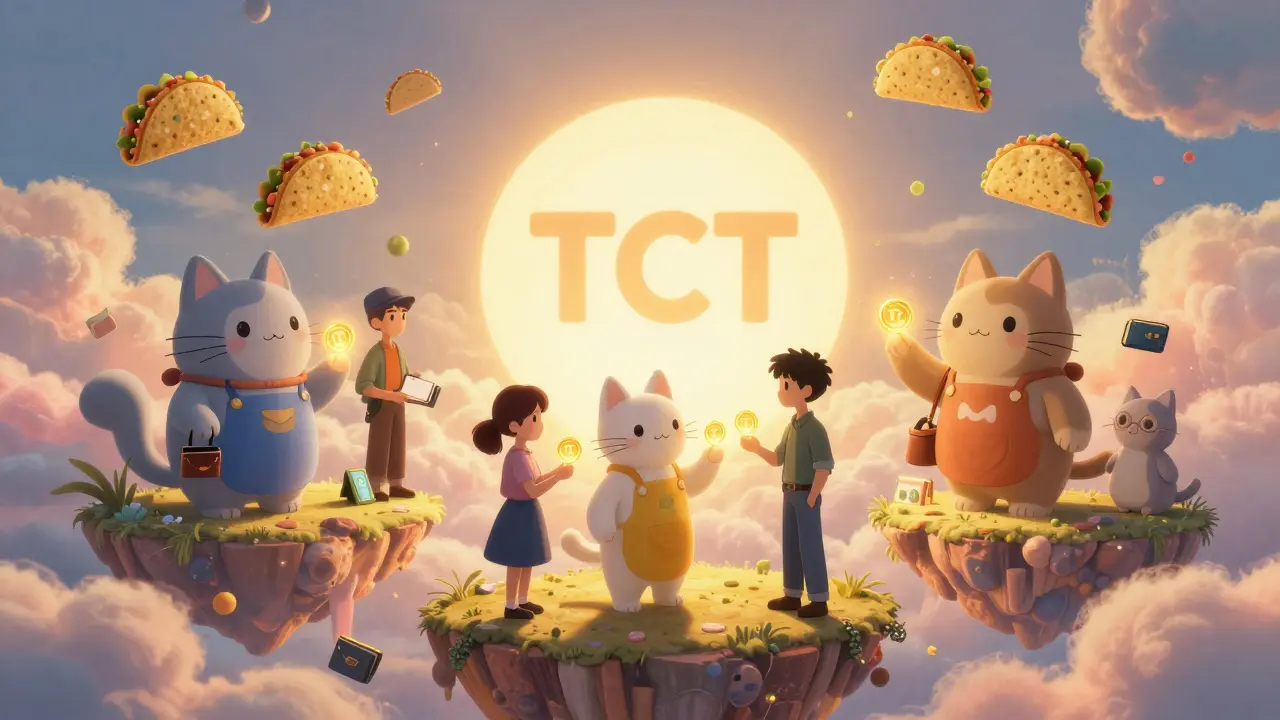Tokenomics: Understanding Crypto Token Economics
When diving into Tokenomics, the study of how crypto tokens are structured, distributed, and incentivized. Also known as token economics, it helps investors gauge long‑term value and risk. Think of it as the financial DNA of a blockchain project – it tells you why a token exists, how new coins enter circulation, and what drives price swings. Without a solid grasp of tokenomics, you’re basically guessing at a coin’s future.
Why Tokenomics Matters
At its core, tokenomics encompasses three main pillars: supply mechanics, utility, and governance. Supply mechanics cover total max supply, inflation rate, and vesting schedules – basically the math that decides how many tokens are out there at any given time. Utility defines what the token actually does, whether it unlocks a service, pays for transaction fees, or grants in‑game perks. Governance gives holders a say in protocol upgrades and policy changes.
Two key token types illustrate these pillars. A Utility token, grants access to a product or service within a blockchain ecosystem powers platforms like JEFE’s gaming universe or Molten’s low‑fee rollup. Meanwhile, a Governance token, allows holders to vote on protocol decisions, influencing everything from fee structures to feature releases is central to DeFi projects such as ExchangeCoin’s hybrid DEX model. Together they create a feedback loop: utility drives demand, and governance shapes future utility.
Real‑world examples bring these concepts to life. Stablecoins, for instance, rely on a tightly controlled supply and collateral mechanisms to keep prices steady – that’s tokenomics in action against market volatility. Gaming tokens like JEFE or ISKRA blend utility (in‑game items) with governance (DAO voting) to keep players engaged and investors interested. Hybrid tokens such as EXCC combine proof‑of‑work and proof‑of‑stake to balance security with inflation control. Each case shows how tokenomics directly influences investor risk, community growth, and long‑term sustainability.
The articles below unpack these ideas in detail. You’ll find deep dives into specific token models, side‑by‑side comparisons of supply schedules, risk checklists, and step‑by‑step guides on how to evaluate a token’s economics before you buy. Whether you’re a seasoned trader or just curious about why some coins skyrocket while others fade, this collection gives you the practical lenses you need to read tokenomics like a pro.






